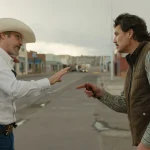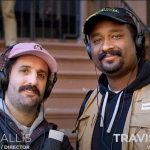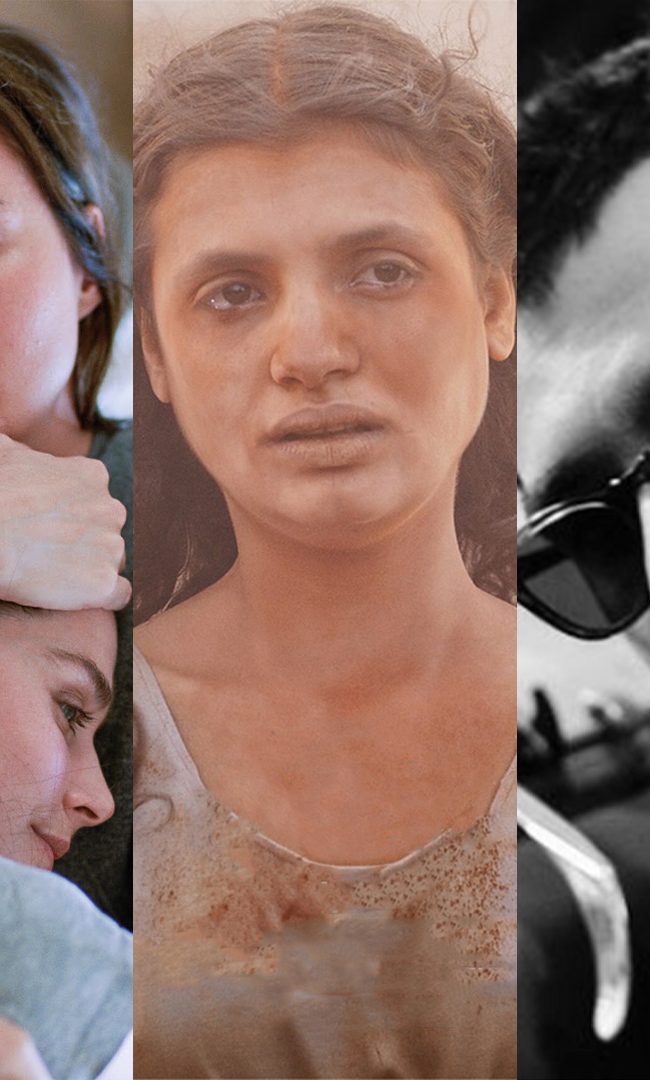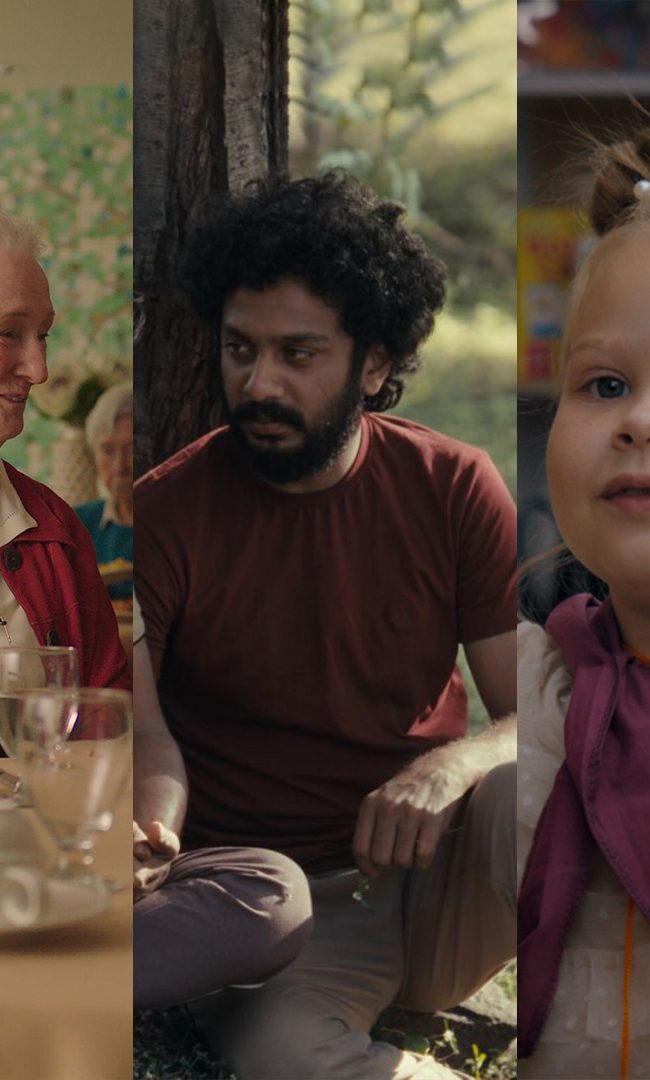A Conversation with Ira Sachs (PASSAGES)
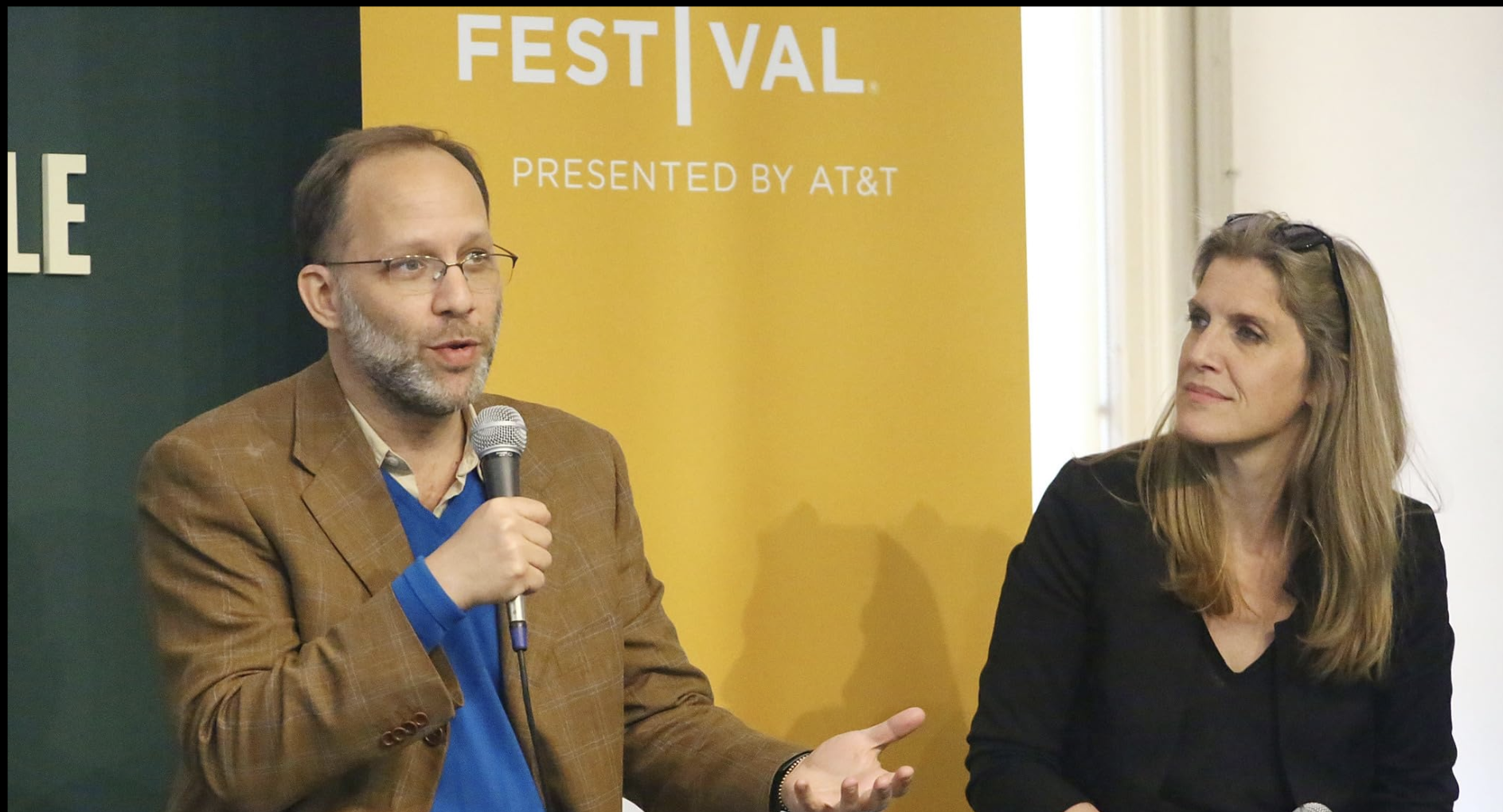
Ira Sachs was born in Memphis Tennessee and is based in New York City. The 57 year old has been making films since 1997 with his Sundance hit The Delta. Since then, Ira has been a staple in the international film festival circuit debuting films such as Forty Shades of Blue, Keep the Lights On, and Little Men at some of the highest ranking festivals around the world. His latest, Passages, follows a bisexual German filmmaker living in Paris. The film was stamped with an NC-17 theater and is out now at some of the top theaters in New York City including IFC Center and Film at Lincoln Center. I spoke with Ira about this excellent feature in the following conversation edited for length and clarity.
Hammer To Nail: Hello, Mr. Sachs. Thank you so much for taking the time to speak with me. I am a big fan of your films and this one is no exception. It is really excellent. I watched it the other night.
Ira Sachs: Thank you. Where are you calling from?
HTN: New York City. That’s where you’re based out of?
IS: Yes.
HTN: So you were born in Memphis, Tennessee and if I’m not mistaken, you’re currently based out of New York City. So how did you wind up writing this film about a German filmmaker? What was the screenwriting process like?
IS: Right, a couple of things. I saw Franz Rogowski in Michael Haneke’s Happy End. You might remember his karaoke performance of Sia’s Chandelier, which was breathtaking to me and also I felt creatively and erotically turned on. I wanted to collaborate with Franz Rogowski, So I wrote the film for him. Paris is a city that I first lived in in my early twenties. And since then I’ve had a life there, I’ve had relationships there, I’ve had breakups there, I’ve had sex there. I feel intimate in Paris and so it felt very natural to place the story there. I’ve also been welcomed, in a way, as a filmmaker who’s still making very personal films, which is harder in the United States to find continual support. So I’ve been supported by Said Ben Said, a producer there for a couple of movies.
HTN: Got it. Okay. So you wrote the film for Franz but, I think that Ben and Adele’s castings are almost just as important to the film. How did they get the job?
IS: They were just lucky haha. I remember Ben as if it was yesterday, in a film by Todd Haynes called I’m Not There, where he plays Bob Dylan in a way that’s completely transparent and easy and funny and wise. Adele, I know from Justine Trier’s Sibyl, which I saw at Cannes, and I was struck by her naturalness as well as her impact. She’s like the Jeanne Moreau of [modern] cinema. She’s of the world and of the sky. She’s an interesting combination, which I think is purely cinematic. So I felt a kind of affinity to all three of these people and also the performers. I was really lucky that they all wanted to make the movie. We had a great time. I mean, it was a movie about pain, but made with pleasure.
HTN: So was there an audition process?
IS: I had no audition process. It’s not possible. It’s not offered to me. I don’t need it. If I’ve seen someone be interesting in a way that I connect to very personally, I feel that I have the potential to make something substantive with them.
HTN: At the 31 minute mark, there’s some very interesting dialogue between Franz and Adele. Franz confesses his love for Adele, and she accuses him of saying, “I love you a lot.” He responds, “I say when I mean it.” She says, “You say when it works for you.” And he responds, “I say it when I feel it.” It’s very simple dialog, but I think it speaks to the film’s thematics. How did these lines come to be?
IS: Piece by piece. Because there’s something in which each line has a resonance that you could stop there. But in a way, what the characters are doing is removing layers around the word love. Like love deserves 3000 pages in an effort to even begin to try to define its meaning. Love deserves Proust. I think maybe that in this precise, succinct way, I’m trying to say something and the actors are saying something about a feeling that is also its opposite. That doesn’t mean it’s not true.
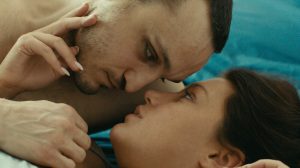
A still from PASSAGES
HTN: The visual style of the film is very interesting to me. Talk about what you and Josee Deshaies were going for with it.
IS: You know, Josee understands space and the camera in a way that I’ve been searching for throughout my career. I think she also understands the power of lighting to always raise and define the emotion of the film. So in every scene I gave her the objective of creating meaning through light. So in terms of a strategy, we spent six weeks working many hours a day coming up with a storyboard for the film so that it appears accidental like its effort hopefully disappears. But it takes a lot of work and I think what I’m doing is, in a way, I want the camera to be in the room, but not between the action. So it’s a very specific position, which is voyeuristic. Voyeuristic, but not godlike. So the camera is and specifically in the sex scenes, presents, which is a kind of privilege, but can’t get between the lovemaking. It’s shut out just a little bit and I think that’s also what the audience experience is, which is just enough exclusion, which makes it feel special to be even that close. I think Polanski, the famous shot in Rosemary’s Baby with Mia Farrow on the bed and him imagining the entire audience leaning left to try to see around the doorframe. I think that is really a kind of sophisticated set up, which involves inclusion and exclusion.
HTN: Speaking of the sex scenes, one of them is much longer and much more graphic than the rest. You told me how you direct a sex scene, but what is it about that centerpiece sexual encounter that you think is so important to the film?
IS: I want it to be a blunt object in the audience experience of the movie. I want it to have an impact because of the duration. I want it to leave the audience with a memory. And for that, some scenes you’re really playing with rhythm in order to disorient the audience in their seats.
HTN: Got it. You talked about how you use camera placement and what you’re going for with that centerpiece, but what are you telling the actors? Is it choreographed like a dance? Are you leaving a lot up to them and their chemistry?
IS: You know, I begin by asking them their boundaries and I proceed from there. Once I understand those boundaries, then that’s no longer a question. It’s really how do we work together to give them the opportunity to discover the story? What’s amazing in those scenes is I’m setting up the situation, but they’re writing the text. There’s a lot of narrative in the sex scenes in this film, but there’s no dialog. That’s masterful and beautiful improvisation because they are telling a story that is different from the one that happened on set. They’re telling a story to the audience with paragraphs and periods and commas and exclamation points. That’s because of the power of their performances. They’re very well done. I think I set the situation up and I was involved in building the trust, but really they’re taking it to a place that I could never do without them.
HTN: Yeah, I found the performances to be world class. The way that they speak, their dialogue is very naturalistic, so much so that often you can wonder if it is improvised. Are there any improvised sequences or is everything scripted?
IS: You know, 90% scripted, 10% improvised. But that 10% filters into the rest of the film and gives a sense that anything is possible, if that makes sense. So, for example, the opening scene of the film, which is the making of a film within a film, was grounded in text, which was taken from a documentary of Maurice Pialat directing the film Police. It’s his interaction with an extra that I found really fascinating and used as text. But then we shot for 4 hours and so the text is just like the seed for a lot of stuff that’s happening improvisationally in that first film, the same would be true in the scene with the parents. The lunch, which is scripted until the last 45 seconds, which is improvised. Franz returning to the table, only happened once.
HTN: That’s a great scene. I love that moment. I also love each character’s fashion choices. I think they’re kind of essential to their characters. So I’m wondering how the costuming worked?
IS: I worked with Khadija Zeggai who is wonderful, brilliant and fun. Fun is really a central word because we chose not to make a realistic film. We made a film in which costumes elevate the story into another level of cinema. So, for example, we had two options for Adele’s clothes. There could be the everyday Parisian school teacher, or there could be Brigitte Bardot. We went with Brigitte Bardot. She’s dressed like Bardot, drawing attention to her shape, to her beauty, to using color to create a kind of iconic impact. We brought them really crazy clothes and they all looked great in them. So you’re encouraged to try crazier clothes because they looked so good. They made these clothes look like they came out of a closet, which, by the way, most of us can’t. That’s the quality of a movie star.
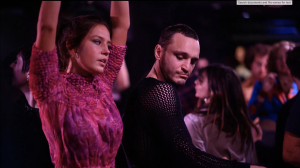
A still from PASSAGES
HTN: Yeah. I loved Franz’ outfit with the belly shirt and the skinny pants. I think that was a good one. Anyway, for Franz, unfortunately, as the film goes on, it seems like the color is kind of draining from his face. This is validated by Adele calling him ugly at the end. I’m wondering, how did you guys achieve this gradual ugliness?
IS: haha, You know, the camera tells you what to think. When I saw a retrospective of Kim Novak films in Berlin 25 years ago, I was struck by the way in which Hitchcock makes you believe she’s the most beautiful woman in the world. By concentrating on the camera, you define beauty for the audience. So the reverse is true. Adele says to Franz, “you look ugly”, then the audience believes it.
HTN: I believed it. I’d like to talk about that ending where our protagonist is left all alone. What was your thinking with this ending and particularly these final shots of him on the bicycle?
IS: To me the story of the film is one of a man on a pedestal who ends up on the floor. So the whole course of the film is getting him onto that floor. I was really inspired by the poster for Haneke’s, The Piano Teacher. You know the poster with Isabelle on the floor. What a great place to put your central character, on a dirty floor. so I was aiming there and it was actually kind of difficult because it’s a very realistic movie. In some ways, that last scene is like a pantomime. It wasn’t easy for Franz to get on the floor, to be honest. It was hard because he had to find that interior place where this extreme degradation was possible and that was the goal. I think in terms of the last scene I noticed when I started working in Paris with Franz, that he was a kamikaze bicyclist. So, I rewrote the ending of the film, taking advantage of that and also taking advantage of the film ending in the city, because until that moment, it’s been a very interior film and we’re only in the lives of these people and suddenly their lives become part of the night. The movie is transformed into something that is real.
HTN: There are a lot of great interiors. So I am wondering, how did you get these amazing locations and what were you looking for?
IS: I’m always looking for locations that have history, which is the definition of character. It’s why it’s very hard to shoot in New York these days, because the interiors have been ripped out and so the layers are gone. For Keep The Lights On, we shot in three locations that were gone within three years after I shot the film. I’m the last person to have captured them and they’re gone now. I think that is always a motivation in film because you only have an hour and a half or 2 hours. As many layers of meaning you can have the better chance you have to achieve depth. So I always look for locations that are rich with age. Lived in and also that the walls have a story to tell.
HTN: I got time for one more question. At the 43 minute mark, there’s this great sequence where Franz is smoking a cigarette as Adele is cooking dinner. They’re talking about throwing a party during this interaction. I think it says so much without speaking directly about anything. What was the thinking behind this moment and what were your instructions as a director.
IS: You’re the first person to talk about that scene, which I like. So I appreciate that. You know, when we shot the film, I felt like I was the only one who noticed that the high point of romance is 20 minutes and then the rest is a long downfall. There’s a movie, The Soft Skin by Francois Truffaut. If you’ve never seen it, I highly recommend it. That’s a good one. It’s a good love triangle. It was commercially unsuccessful. Truffaut was asked why he thought it was commercially unsuccessful. He said, “because it started at the bottom and went down from there”, which I love. It’s like the perfect film. I mean, I have to say, I gave them the dialogue, but the exceptional quality of that scene is really in the performance. It’s, they’re really on point and precise in a really impressive way. They’re so sharp. The two of them in that scene.
HTN: it’s an amazing performance and I love the subtext of the dialogue. Well, I think that’s all the time that I have, unfortunately. But it was really so nice to speak with you today and I really felt the film was awesome and I’m going to tell all my friends to go see it in New York.
IS: Thank you so much.
– Jack Schenker (@YUNGOCUPOTIS)

